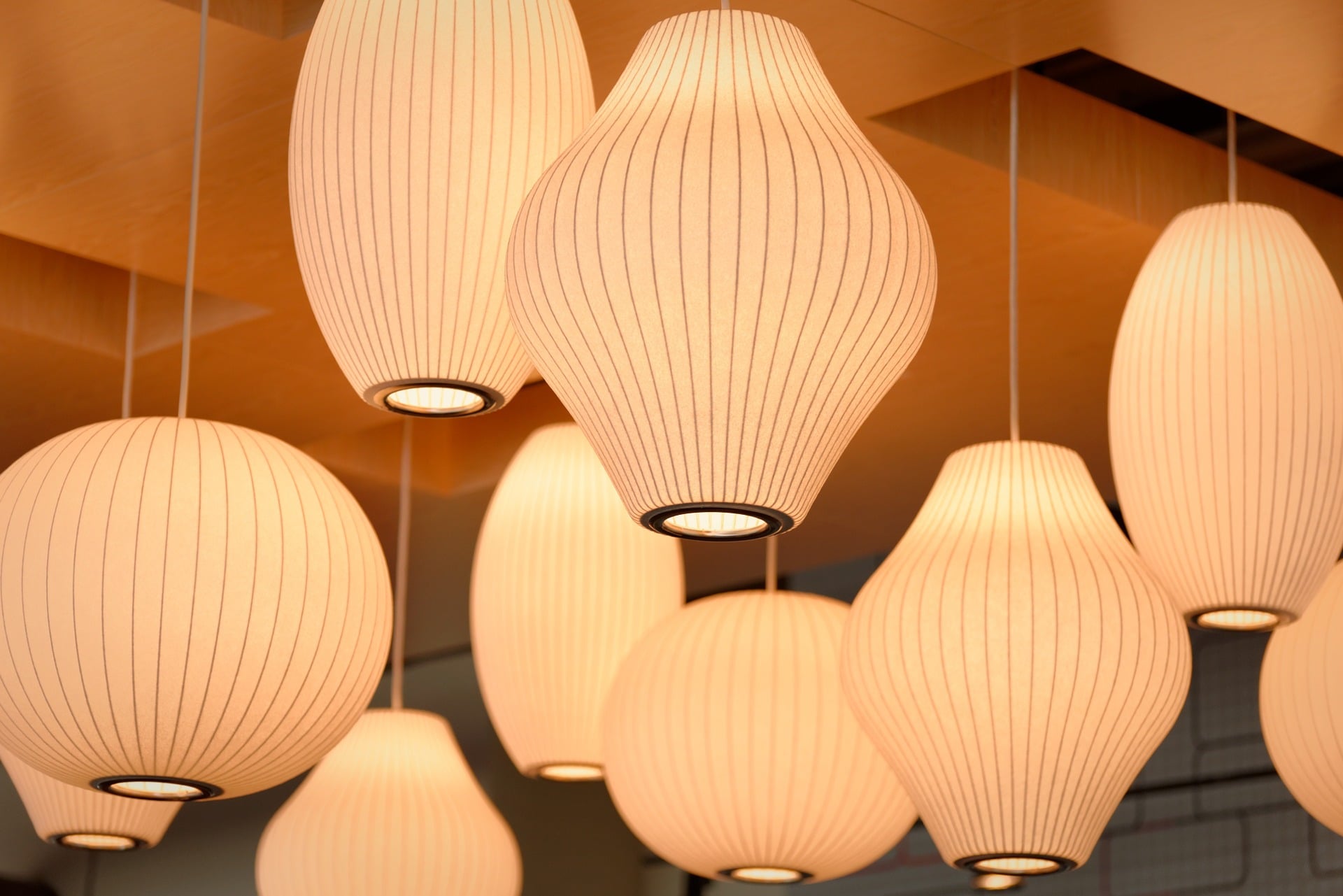As the days get shorter and the nights longer and darker, it seems like a good time for some tips on lighting. Whether you’re looking for general tips or specifically lighting for the Christmas season, we’ve got you covered.
Get the LED out
 LED, or light-emitting diode, lights really are the way to go these days. LED lights are more efficient, durable and longer-lasting than incandescent lights and they have come a long way from the days of the cold, fluorescent-like light they cast.
LED, or light-emitting diode, lights really are the way to go these days. LED lights are more efficient, durable and longer-lasting than incandescent lights and they have come a long way from the days of the cold, fluorescent-like light they cast.
Today’s LEDs cast light in a variety of shades, including more inviting ones that mimic the warm glow of incandescents, and you can find instant-on versions that don’t require time to “warm up” to full strength.
Yes, LEDs are still more expensive, but you’ll reap the rewards in how much longer they’ll last and how much more energy-efficient they are.
A few other things to note when making the switch to LEDs:
It’s not about the watts. Incandescents are measured in watts, which is the amount of energy they draw. A typical incandescent bulb is 60 watts. But a 60-watt LED is not necessarily the same thing and a better measure of brightness is the number of lumens. A 60-watt incandescent light is about 800 lumens, while an LED bulb that measures 800 lumens is only about 8-12 watts. However, it’s worth noting that some manufacturers, recognizing our familiarity with watts, will display the replacement equivalent in watts.
Taking a dim view. Not all LEDs are compatible with traditional dimmers, thanks to their circuitry. In some cases, you’ll need to replace the switch; in others, you’ll pay more for a compatible LED. If you don’t know what kind of dimmer you have and don’t want to switch it out, shop for LEDs that are compatible with incandescent dimmers.
Is a fixture OK for LED? An LED bulb may not get as hot as an incandescent, but they do still produce heat; it’s just drawn away from the bulb into something called a “heat sink” in the base. From there, the heat dissipates into the air and the bulb stays cool. But if the base or fixture is enclosed, the heat can’t escape, sending that heat back to the bulb and shortening its life.
It’s not just bulbs. There are many options with LEDs, such as light strips, cove lights, pendants, recessed fixtures, pot lights and under (or over) cabinet accent lights. All of these options give you the flexibility to light what you want, where you want it and how bright you want it.
Celebrating the season
 We may not be past Halloween yet, but many stores are already promoting their Christmas décor. And that includes lights. String lights, indoor, outdoor, projection – there are many to choose from – and with good reason. According to the Electrical Safety Foundation International, more than 85% of Americans decorate their homes for winter holiday celebrations, with a majority of those including indoor and/or outdoor lighting.
We may not be past Halloween yet, but many stores are already promoting their Christmas décor. And that includes lights. String lights, indoor, outdoor, projection – there are many to choose from – and with good reason. According to the Electrical Safety Foundation International, more than 85% of Americans decorate their homes for winter holiday celebrations, with a majority of those including indoor and/or outdoor lighting.
With so many of us lighting up the night, doing so safely is an issue, particularly since more than 60% use at least one extension cord in their decorating. If your holiday lighting is not set up properly, you face a significantly increased risk of fires and electrical injuries.
Some things to keep in mind:
- Don’t overload your circuits. Before decorating, determine how many outlets are available and where they are located. Plan your displays accordingly.
- If you’re replacing some decorations, make sure electrical products carry a CSA-approved label.
- Use indoor lights and extension cords inside only; they’re not designed to hold up against the elements outside. However, it is OK to use outdoor lights and cords inside.
- If using a real tree, make sure it is and stays well hydrated.
- If using an artificial tree, make sure it has been tested and is labeled fire-resistant.
- Choose LED over incandescent lights. They’re more durable, last much longer and give off far less heat. They may cost more initially, but are a better choice in the long run.
- If you are using incandescent lights, don’t connect more than three strands together.
- Carefully inspect each electrical decoration every year. Cracked or damaged sockets, loose or bare wires, and loose connections may cause a serious shock or start a fire.
- Use the right extension cord for the job: Don’t link several shorter cords instead of just getting a longer one.
- Don’t connect different types of light strings together, such as plugging a new LED string into your old incandescent light string.
Have a safe and happy holiday season!